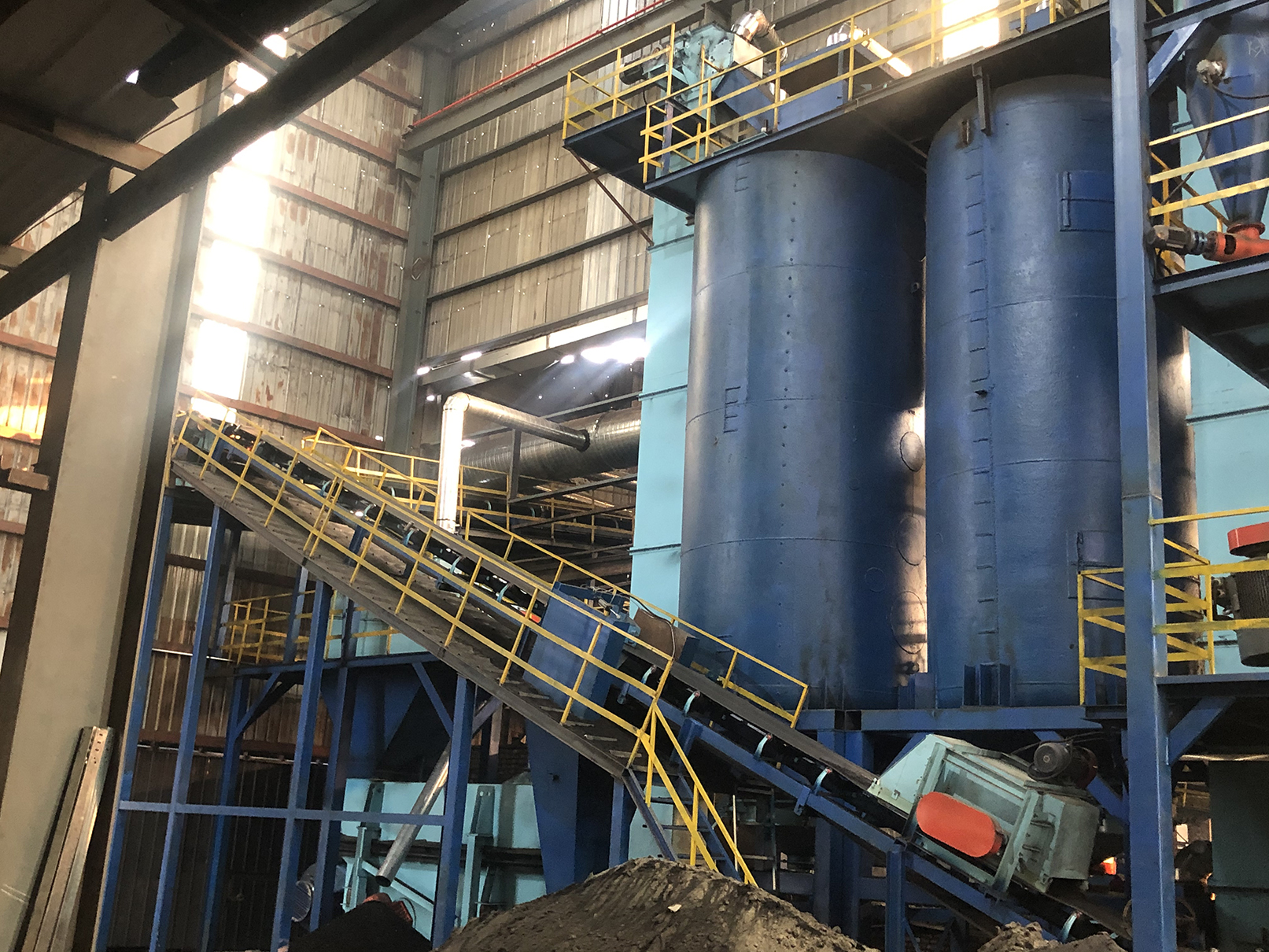- Afrikaans
- Albanian
- Amharic
- Arabic
- Armenian
- Azerbaijani
- Basque
- Belarusian
- Bengali
- Bosnian
- Bulgarian
- Catalan
- Cebuano
- China
- China (Taiwan)
- Corsican
- Croatian
- Czech
- Danish
- Dutch
- English
- Esperanto
- Estonian
- Finnish
- French
- Frisian
- Galician
- Georgian
- German
- Greek
- Gujarati
- Haitian Creole
- hausa
- hawaiian
- Hebrew
- Hindi
- Miao
- Hungarian
- Icelandic
- igbo
- Indonesian
- irish
- Italian
- Japanese
- Javanese
- Kannada
- kazakh
- Khmer
- Rwandese
- Korean
- Kurdish
- Kyrgyz
- Lao
- Latin
- Latvian
- Lithuanian
- Luxembourgish
- Macedonian
- Malgashi
- Malay
- Malayalam
- Maltese
- Maori
- Marathi
- Mongolian
- Myanmar
- Nepali
- Norwegian
- Norwegian
- Occitan
- Pashto
- Persian
- Polish
- Portuguese
- Punjabi
- Romanian
- Russian
- Samoan
- Scottish Gaelic
- Serbian
- Sesotho
- Shona
- Sindhi
- Sinhala
- Slovak
- Slovenian
- Somali
- Spanish
- Sundanese
- Swahili
- Swedish
- Tagalog
- Tajik
- Tamil
- Tatar
- Telugu
- Thai
- Turkish
- Turkmen
- Ukrainian
- Urdu
- Uighur
- Uzbek
- Vietnamese
- Welsh
- Bantu
- Yiddish
- Yoruba
- Zulu
Nov . 06, 2024 11:06 Back to list
Innovative Design of Water-to-Water Heat Exchangers for Enhanced Energy Efficiency
Water to Water Exchanger An Essential Component for Efficient Thermal Management
In today's fast-paced world, the demand for efficient cooling and heating systems has never been greater. Among various technologies, the water-to-water exchanger stands out as a crucial device in thermal management systems. This article explores the working principle, applications, and benefits of water-to-water exchangers, highlighting their role in modern engineering.
What is a Water-to-Water Exchanger?
A water-to-water exchanger is a type of heat exchanger that facilitates the transfer of thermal energy between two water streams without mixing them. It operates on the principle of conductive heat transfer. Generally, one water stream is heated while it cools the other stream. This process allows for efficient temperature regulation in various industrial and residential applications.
These heat exchangers can be designed in various configurations, including plate, shell-and-tube, and finned-tube designs, catering to different needs and contexts. The primary function is to optimize thermal energy use, ensuring less energy loss in processes that require significant heating or cooling.
Working Principle
The mechanism of a water-to-water exchanger is based on the transfer of heat from one fluid to another. When heated water flows through one side, it releases its thermal energy to the cooler water on the opposite side. The design aims to maximize the surface area for heat transfer while minimizing energy loss. The result is a highly efficient process that allows for effective temperature control across various systems.
The efficiency of these exchangers is affected by several factors, including flow rates, temperature gradients, and the surface area of the heat transfer components. Proper design and integration into the overall system are essential for achieving optimal performance.
Applications
Water-to-water exchangers have a wide range of applications across various sectors, including
1. HVAC Systems In heating, ventilation, and air conditioning systems, water-to-water exchangers are utilized for both heating and cooling applications. They can recover waste heat from industrial processes or optimize the temperature of air conditioning systems.
2. District Heating In district heating systems, these exchangers play a vital role in transferring heat from centralized plants to residential and commercial buildings. They enhance energy efficiency by reusing waste heat.
water to water exchanger

3. Industrial Processes Many industrial applications, such as chemical processing and food production, rely on water-to-water exchangers for temperature regulation. They ensure that processes remain within optimal thermal ranges, improving product quality and safety.
4. Geothermal Systems In geothermal heating and cooling systems, water-to-water exchangers are essential. They facilitate the transfer of heat between the earth and building systems, making renewable energy more accessible and efficient.
5. Swimming Pools These devices are also commonly used in swimming pool heating systems. By integrating a water-to-water exchanger, pool operators can efficiently maintain warm water temperatures, even during colder months.
Benefits
The advantages of using water-to-water exchangers are numerous
- Energy Efficiency By effectively transferring heat, these exchangers help minimize energy consumption in heating and cooling processes. This results in lower operating costs and a reduced carbon footprint for facilities.
- Environmental Sustainability Water-to-water exchangers contribute to resource conservation by enabling the reuse of thermal energy. This aligns with global trends towards sustainability and energy efficiency.
- Versatility Their applicability across various industries and systems makes them a flexible solution for thermal management.
- Reduced Wear and Tear By optimizing temperature control, water-to-water exchangers can reduce the strain on mechanical equipment, leading to lower maintenance costs and extended lifespans for heating and cooling systems.
Conclusion
In conclusion, water-to-water exchangers are indispensable components in modern thermal management systems. Their efficiency, versatility, and contribution to sustainability make them a favored choice across multiple industries. As the world increasingly focuses on energy efficiency and environmental conservation, the role of water-to-water exchangers will only grow in importance. Whether in complex industrial applications or simple residential HVAC systems, these devices play a critical role in optimizing energy usage, enhancing performance, and supporting the transition towards a more sustainable future.
-
Premium Cast Iron Water Main Pipe: Durable, Corrosion-Resistant
NewsAug.03,2025
-
Durable Cast Iron Water Mains | AI-Optimized Systems
NewsAug.02,2025
-
High-Efficiency Propane Boiler for Baseboard Heat | Save Energy
NewsAug.01,2025
-
Premium Source Suppliers for Various Gray Iron Castings
NewsJul.31,2025
-
Durable Cast Iron Water Main Pipes | Long-Lasting
NewsJul.31,2025
-
High-Quality Cast Iron Water Main Pipe for Durable Infrastructure
NewsJul.30,2025


